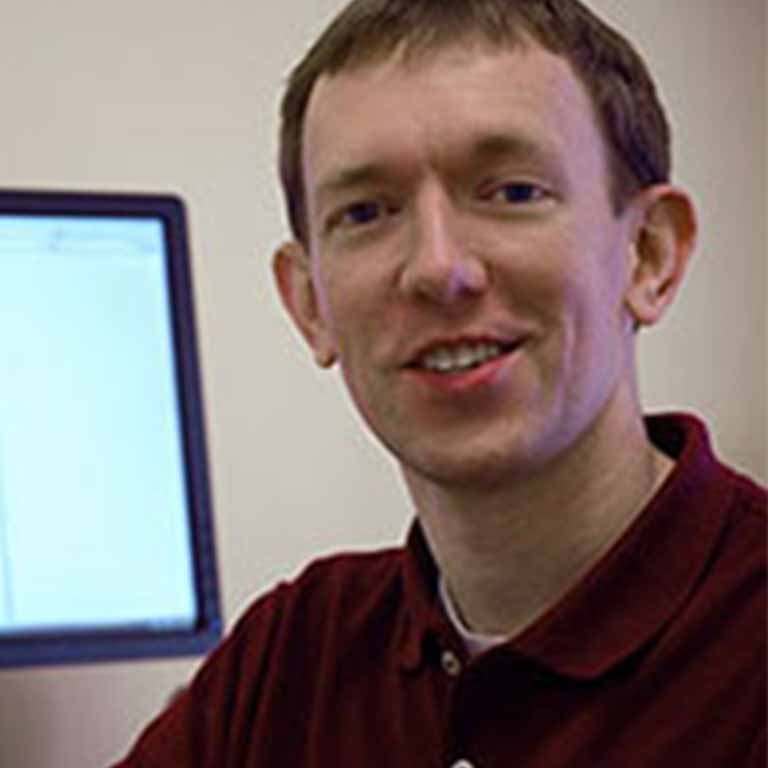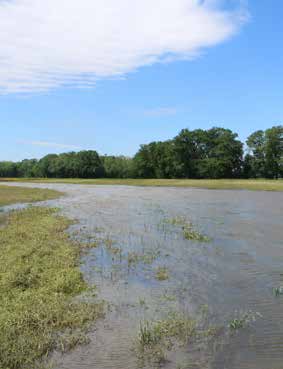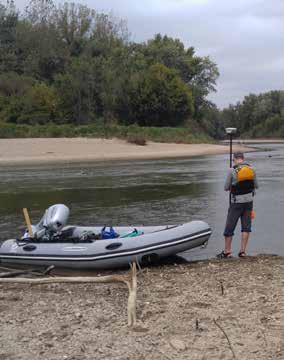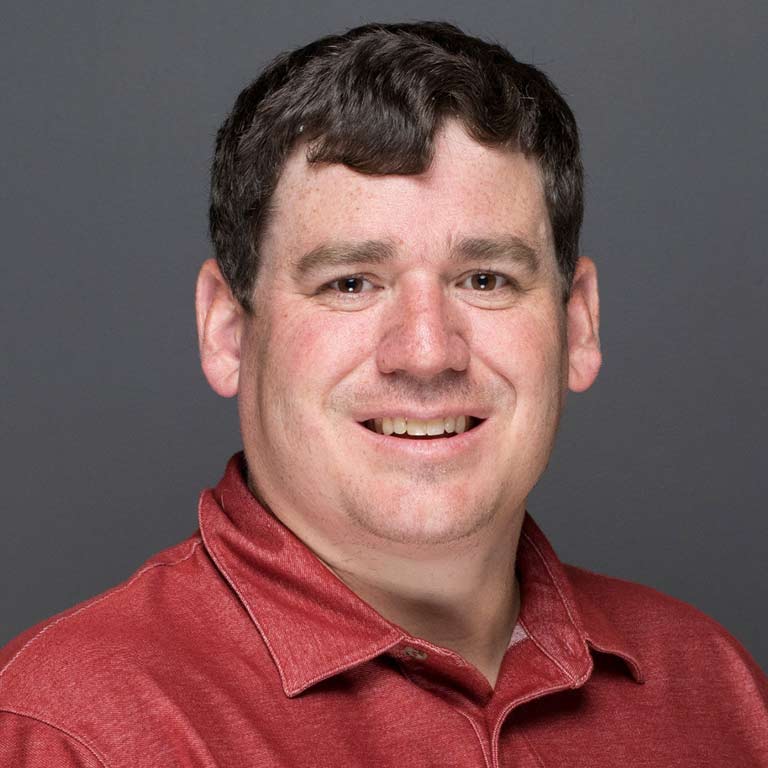Chen Zhu
Professor, Geological Sciences; Adjunct Professor, Environmental Sciences; Adjunct Professor, Environmental Health
Chen is pleased with the recent successes of his students and the publications of their papers. In June, Guanru Zhang successfully defended his dissertation on modeling the CO2 plume development at Sleipner in Norway, the world’s first industrial scale carbon storage project to abate the global warming trend. His work was published in the International Journal of Greenhouse Gas Technology, Energy and Fuels, and the International Journal of Energy Research.
In July, Yilun Zhang successfully passed the qualifying exam. After years of development, a new strain of research employing the use of nonconventional isotopes to study reaction kinetics has come to fruition. Chemists have known since 1884, via J.H. van’t Hoff that, at equilibrium, reactions do not stop; the rates of forward and backward reactions are equal. But how can one measure rates at equilibrium when concentrations are constant? Post-doc Zhaoyun Liu spiked a rare Si isotope into solutions at equilibrium with quartz and observed isotope changes with time. That allowed one to calculate the quartz reaction rates at equilibrium. These results, published in the new journal Geochemical Perspective Letters, have far reaching significance because it tested the range of applicability of the principle of detailed balance, something often assumed but not verified in many models for society’s mega-environmental projects. This innovative experimental method shows great promises to use a number of other isotopes of Ca, Mg, Fe in kinetics studies of carbonates, sulfides, and oxides.
Chen’s research website: https://hydrogeochem.earth.indiana.edu/












 The College of Arts
The College of Arts